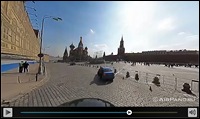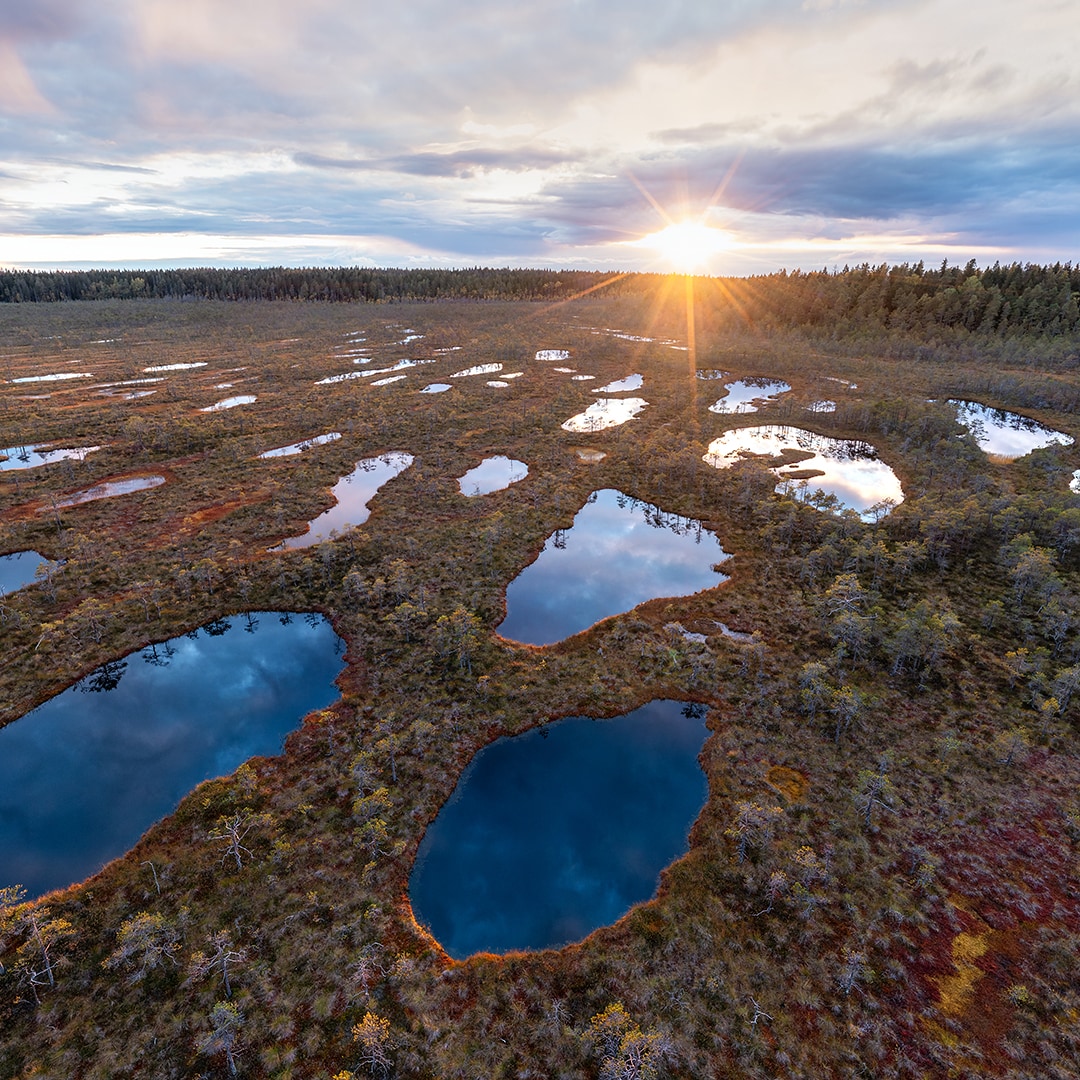Test Shooting
High Resolution360 Video, Test Shooting. High Resolution, 7Mbit/sec Flow (for fast internet only): |
|||
|
|
|||
Low Resolution360 Video, Test Shooting. Low Resolution, 2Mbit/sec Flow: |
|||
360 Video. History of Creation
Back nearly 10 years ago when a wide range of users could afford the first digital cameras, the idea of spherical shot was as virtual as the virtual reality itself. A breakthrough was achieved in the latest 5-6 years. Since then the spherical panoramas have composed a genre: a viewer along with the panoramic photographers can fly up in the sky, dive into a deep ocean, visit the farthest corners of our planet and even be cooked together with the eggs in the oven. The feelings of a real existence in the point of shooting, which spherical panorama offers, incomparably exceed the richest and high professional traditional photo and video. In comparison with the achievements in the sphere of surrounding space visualization the traditional genres lost drastically.
Along with technologies were developing the most progressive panoramic photographers began to concern with the question of shooting not only static spheres, when a viewer stands in a fixed shooting point, but also unsteady ones, when the viewer is able to move in space and look different sides. That time it seemed fantastic!
Nevertheless, the progress was moving ahead and fantastic things became reality.
One of the first spherical videos was represented by the Immersive Media Company www.immersivemedia.com
Several years ago by chance we saw the interactive video reportage by Immersive Media on the site of CNN. It was dedicated to the consequences of the earthquake on Haiti, which had almost completely destroyed its capital:
http://www.cnn.com/interactive/2010/01/world/haiti.360/index.html (there are 5 videos)
The video impressed us very much: in spite of low resolution the viewers can virtually visit the place of the tragedy.
In spring of 2011 when we was interested in shooting of 360 video and contacted Immersive Media with a query of prices and equipment. But Immersive Media proposal shocked us: 63 thousand dollars for camera and correspondent equipment with a delivery term of several months. We were puzzled…
Despite the high price for the equipment we didn’t like the characteristics of video; they were low and weak in comparison with the actual ones. We analyzed the shots of Haiti’s video and concluded that the shot’s dimension was 1792x896 pixels; the bitrate was 1600 Kbit/sec with the frame frequency of 15 shots/sec.
It is worth to mention that by that time we have already had great experience in spherical panoramas shooting and have been able to realize such things which can be made by a few people in the world: shooting in the air either from helicopter, light jet or big balloon; shooting with a radio-controlled model and underwater spheres shooting. Now there are virtual tours shot in about 350 interesting places of the Earth on the site of AirPano.com. From the technical point of view, some of our creative works are the unique ones. For example, we shot the spherical panorama at a speed of 250 kilometers per hour flying on the board of one of the helicopters in group, we made a giga pixel panorama in the air at a height of 1 km and, finally, we learnt to shoot night aerial spherical panoramas. Besides panoramas shooting, we have had experience in video editing of approximately “upper intermediate” level.
Well, that time we refused the idea of the purchase from Immersive Media and decided to try creating a spherical video by ourselves using already available photo equipment.
Start. First Obstacles
It was decided that the role of video camera would be played by Canon 5D Mark II which allows shooting in Full HD format 1080p. With the help of Canon we hoped to obtain a wider dynamic range that it was in the video reel with Haiti, which had been shot with matrixes used in not expensive simple hand-held cameras. As a lens we used Sigma 10mm fisheye with the lens hood cut. We often use such lens in our ordinary shootings. The process of cutting itself, when Andrey Zubets cuts a lens hood from the lens with a hacksaw in the kitchen, looks like that:
No doubt, the lens doesn’t look new in that case but it allows making spherical panoramas with 3 shots.
Our plan of “360 video” creating was the following: shoot an ordinary video with three cameras simultaneously, then cut the video for the separate shots, stitch the spherical panoramas using those shots and, finally, create the video using the 360 degrees panoramas. As you see, it is easy :)
But to realize that easy plan into real life wasn’t so easy because we met a number of obstacles, which sometimes were just insuperable. Our brain storming lasted about a week, the next week we made experiments with shooting and processing of the material shot, two weeks later our first test video reel appeared on the site and 10 later minutes the server failed. Then we’ll tell you how we were overcoming obstacles and what happened in result.
Full article you can read here
Authors of the video: Oleg Gaponyuk and Andrey Zubetz
21 October 2011
Read more
Virtual Travels in 360°
 Split-panoramas
Split-panoramas
 San Francisco, California, USA
San Francisco, California, USA
 Meknes, Morocco
Meknes, Morocco
 Delta of the Orinoco River, Venezuela
Delta of the Orinoco River, Venezuela
 Golden Ring of Russia, Sergiyev Posad
Golden Ring of Russia, Sergiyev Posad
 Warao Indians. Delta of the Orinoco River, Venezuela
Warao Indians. Delta of the Orinoco River, Venezuela
 Trip to the Caribbean
Trip to the Caribbean
 Coral World. Underwater Paradise
Coral World. Underwater Paradise
 Namib Desert, Namibia
Namib Desert, Namibia
 Angel Falls millions of years ago
Angel Falls millions of years ago
Show more














